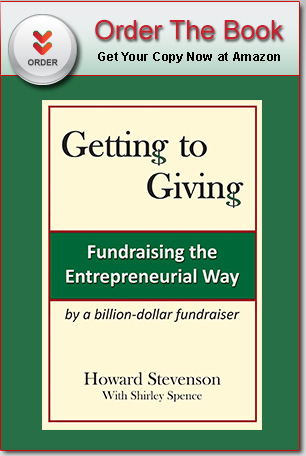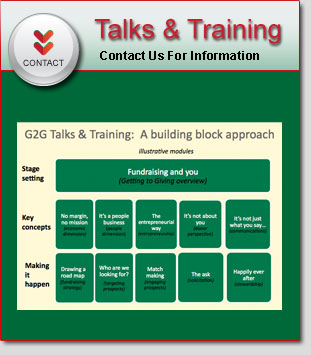Well, yes and no. There is a great deal of hype in the media about Millennials so I am not surprised that you are feeling some pressure to reassess your fundraising methods. Each generation has its own culture, reflective of the world it has inherited and shaped, so perhaps it is a healthy exercise.
The generational issue goes beyond fundraising too.
Peter Brinckerhoff, author of Generations: The Challenge of a Lifetime for Your Nonprofit, notes that most nonprofits have worked at staff and board diversity in terms of gender and ethnicity but few have considered generational diversity. He also offers some interesting tidbits about generational roles:[1]
- The Silent Generation (born 1925-1945, 30 million) are still very active in nonprofit management, funding and volunteering.
- Baby Boomers (born 1946-1962, 80 million) make up 70% of nonprofit senior management and 65% of nonprofit board membership.
- Generation X (born 1963-1980, 45 million) make up a large part of the US nonprofit work force.
- Millennials (born 1981-2002, 70 million) have been raised on “service projects” by their Boomer parents.
Millennials do bring new philanthropic attitudes and expectations, and may require new kinds of information and engagement. Here are some frequently noted Millennial characteristics and some implications for fundraising:
- They are not particularly loyal to institutions but are passionate about specific causes and helping people. They are idealistic but also like to think of themselves as investors and want to see impact. They’ll start their own charity if they don’t like what they see. (Communicate your mission powerfully. Demonstrate concrete results through stories and metrics.)
- They were born on this side of the digital divide; technology is like oxygen to them. They live a life of constant connectedness via social media, websites and search engines, and mobile technology. (Cross them off your direct mail list. Don’t expect them to show up at the gala. Beef up your website and online giving. Consider a social media campaign.)
- They tend not to compartmentalize their giving from the rest of their lives. They buy products that support charitable causes and like to participate in work place philanthropy. According to the Millennial Impact Report (2013), over half are interested in monthly donations. (Don’t assume they will respond to big campaigns or one-off events. Be creative.)
- They want to do. They want to be inspired and actively involved. (Try activity-oriented fundraising events with youth appeal or a “young professional” group. Provide volunteering opportunities where they can interact and use their skill sets.)
So yes, the world is changing and Millennials are different. But take heart; at the end of the day, it comes back to the 4 Questions and answering them from the donor’s perspective. Your average Millennial may not give big now but if you can draw them in and keep them connected to your cause, you may be able to form a lasting relationship that will pay off later.[2]
[1] “Understanding the Different Cultures of Different Generations”
[2] Sources include “What Makes Millennials Give to Charity?”
and “How Millennials Are Disrupting Traditional Charitable Giving”
and “Generational Gap: Giving to Charity”



